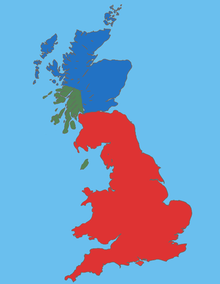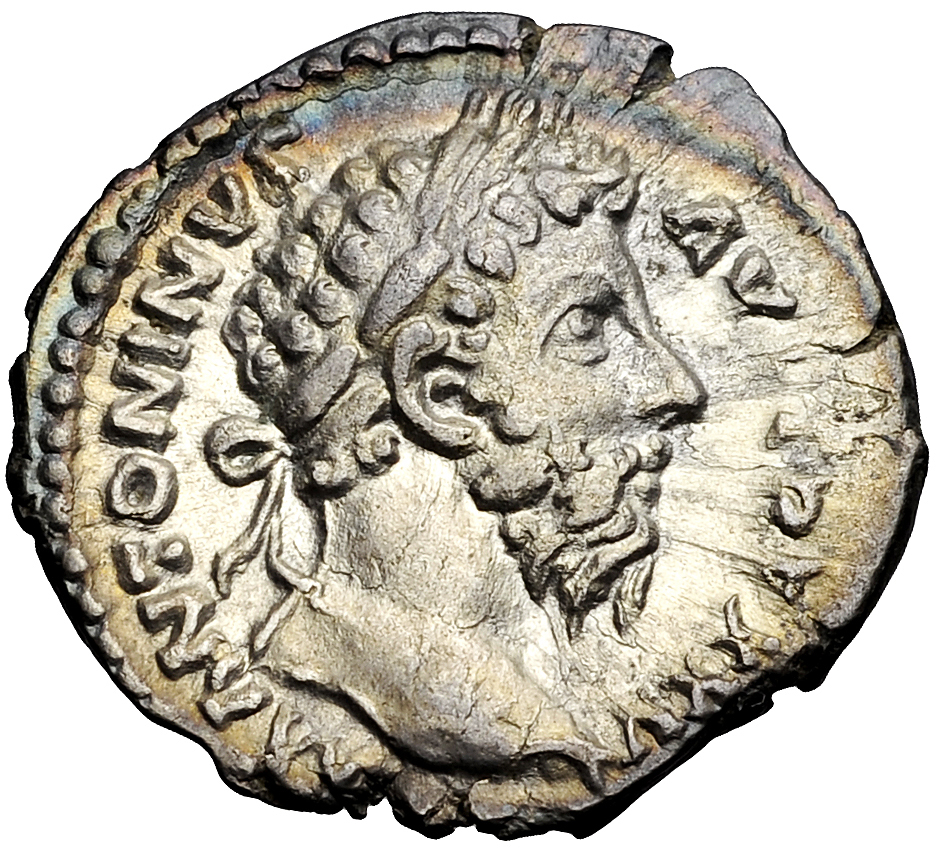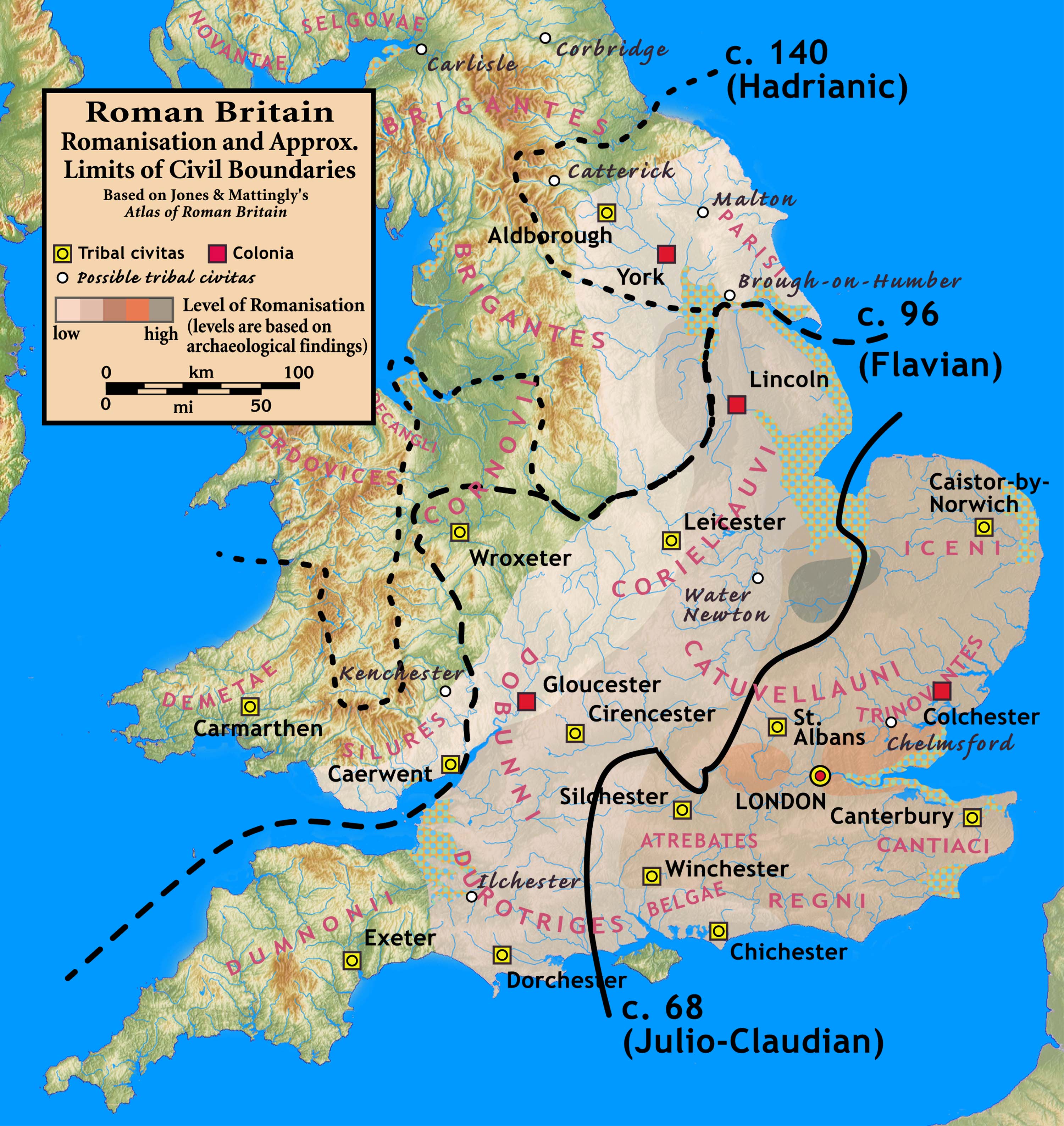|
Anglo-Saxon Government
Government in Anglo-Saxon England covers English government during the Anglo-Saxon period from the 5th century until the Norman Conquest in 1066. See Government in medieval England for developments after 1066. Until the 9th century, England was divided into multiple Anglo-Saxon kingdoms. Each kingdom had its own laws and customs, but all shared a common basis in the Germanic legal tradition. In the 9th century, the Kingdom of Wessex absorbed the other kingdoms, creating the unified Kingdom of England. The king's primary responsibilities were to defend his people, dispense justice, and maintain order. Kings had extensive powers to make laws, mint coins, levy taxes, raise armies, regulate trade, and conduct diplomacy. The witan or royal council advised the king, and the royal household provided the administrative machinery of government. England was divided into ealdormanries led by ealdormen (later earls) appointed by the king. An ealdormanry was divided into shires. The ... [...More Info...] [...Related Items...] OR: [Wikipedia] [Google] [Baidu] |
Sutton Hoo Helmet Reconstructed
Sutton (''south settlement'' or ''south town'' in Old English) may refer to: Places United Kingdom England In alphabetical order by county: * Sutton, Bedfordshire * Sutton, Berkshire, a location * Sutton-in-the-Isle, Ely, Cambridgeshire * Sutton, Peterborough, Cambridgeshire * Sutton, Cheshire East, a civil parish in Cheshire ** Sutton Lane Ends, a village in Cheshire * Sutton, Middlewich, Cheshire * Sutton Weaver, Cheshire West and Chester * Great Sutton, Ellesmere Port, Cheshire * Guilden Sutton, Chester, Cheshire * Little Sutton, Cheshire, Ellesmere Port * Sutton on the Hill, Derbyshire * Sutton Scarsdale, Derbyshire * Sutton, Devon, a hamlet near Kingsbridge * Sutton, a historic name of Plymouth, Devon ** Sutton Harbour, Plymouth, Devon * Sutton Waldron, Dorset * Sutton, Essex * Long Sutton, Hampshire * Sutton Scotney, Hampshire * Sutton, Herefordshire * East Sutton, Kent * Sutton, Kent * Sutton-at-Hone and Hawley, Dartford, Kent * Sutton Valence, Maidstone, Kent ** ... [...More Info...] [...Related Items...] OR: [Wikipedia] [Google] [Baidu] |
Roman Empire
The Roman Empire ruled the Mediterranean and much of Europe, Western Asia and North Africa. The Roman people, Romans conquered most of this during the Roman Republic, Republic, and it was ruled by emperors following Octavian's assumption of effective sole rule in 27 BC. The Western Roman Empire, western empire collapsed in 476 AD, but the Byzantine Empire, eastern empire lasted until the fall of Constantinople in 1453. By 100 BC, the city of Rome had expanded its rule from the Italian peninsula to most of the Mediterranean Sea, Mediterranean and beyond. However, it was severely destabilised by List of Roman civil wars and revolts, civil wars and political conflicts, which culminated in the Wars of Augustus, victory of Octavian over Mark Antony and Cleopatra at the Battle of Actium in 31 BC, and the subsequent conquest of the Ptolemaic Kingdom in Egypt. In 27 BC, the Roman Senate granted Octavian overarching military power () and the new title of ''Augustus (title), Augustus'' ... [...More Info...] [...Related Items...] OR: [Wikipedia] [Google] [Baidu] |
End Of Roman Rule In Britain
The end of Roman rule in Britain occurred as the military forces of Roman Britain withdrew to defend or seize the Western Roman Empire's continental core, leaving behind an autonomous post-Roman Britain. In 383, the usurper Magnus Maximus withdrew troops from northern and western Britain, probably leaving local warlords in charge. In 407, the usurper Constantine III took the remaining mobile Roman soldiers to Gaul in response to the crossing of the Rhine, and external attacks surged. The Romano-British deposed Roman officials around 410, and government largely reverted to city level. That year Emperor Honorius refused an appeal from Britain for military assistance. The following decades saw the collapse of urban life and the Anglo-Saxon settlement of Britain. Chronology 383–388 In 383, the Roman general then assigned to Britain, Magnus Maximus, launched his successful bid for imperial power, crossing to Gaul with his troops. He killed the Western Roman Emperor Gratian an ... [...More Info...] [...Related Items...] OR: [Wikipedia] [Google] [Baidu] |
Celtic Britons
The Britons ( *''Pritanī'', , ), also known as Celtic Britons or Ancient Britons, were the Celtic people who inhabited Great Britain from at least the British Iron Age until the High Middle Ages, at which point they diverged into the Welsh, Cornish, and Bretons (among others). They spoke Common Brittonic, the ancestor of the modern Brittonic languages. The earliest written evidence for the Britons is from Greco-Roman writers and dates to the Iron Age. Ancient Britain was made up of many tribes and kingdoms, associated with various hillforts. The Britons followed an ancient Celtic religion overseen by druids. Some of the southern tribes had strong links with mainland Europe, especially Gaul and Belgica, and minted their own coins. The Roman Empire conquered most of Britain in the 1st century AD, creating the province of Britannia. The Romans invaded northern Britain, but the Britons and Caledonians in the north remained unconquered, and Hadrian's Wall became the edge ... [...More Info...] [...Related Items...] OR: [Wikipedia] [Google] [Baidu] |
Constantine III (Western Roman Emperor)
Constantine III (; died shortly before 18 September 411) was a common Roman soldier who was declared emperor in Roman Britain in 407 and established himself in Gaul. He was recognised as co-emperor of the Roman Empire from 409 until 411. Constantine rose to power from within the field army of Roman Britain and was acclaimed emperor in early 407. He promptly moved to Gaul (modern France), taking all of the mobile troops from Britain, with their commander Gerontius, to confront bands of Germanic invaders who had crossed the Rhine the previous winter. With a mixture of fighting and diplomacy Constantine stabilised the situation and established control over Gaul and Hispania (modern Spain and Portugal), establishing his capital at Arles. The sitting emperor of the Western Roman Empire, Honorius, sent an army under Sarus the Goth to expel Constantine's forces. After initial victories, Sarus was repulsed. In Hispania, Honorius's relatives rose and expelled Constantine's adminis ... [...More Info...] [...Related Items...] OR: [Wikipedia] [Google] [Baidu] |
Roman Coins
Roman currency for most of Roman history consisted of gold, silver, bronze, orichalcum#Numismatics, orichalcum and copper coinage. From its introduction during the Roman Republic, Republic, in the third century BC, through Roman Empire, Imperial times, Roman currency saw many changes in form, denomination, and composition. A feature was the inflationary debasement and replacement of coins over the centuries. Notable examples of this followed the reforms of Diocletian. This trend continued with Byzantine currency. Due to the economic power and longevity of the Roman state, Roman currency was widely used throughout western Eurasia and northern Africa from classical times into the Middle Ages. It served as a model for the currencies of the List of Muslim states and dynasties, Muslim caliphates and the European states during the Middle Ages and the Modern Era. Roman currency names survive today in many countries via the Carolingian monetary system, such as the dinar (from the ''denari ... [...More Info...] [...Related Items...] OR: [Wikipedia] [Google] [Baidu] |
Migration Period
The Migration Period ( 300 to 600 AD), also known as the Barbarian Invasions, was a period in European history marked by large-scale migrations that saw the fall of the Western Roman Empire and subsequent settlement of its former territories by various tribes, and the establishment of post-Roman kingdoms there. The term refers to the important role played by the migration, invasion, and settlement of various tribes, notably the Burgundians, Vandals, Goths, Alemanni, Alans, Huns, early Slavs, Pannonian Avars, Bulgars and Magyars within or into the territories of Europe as a whole and of the Western Roman Empire in particular. Historiography traditionally takes the period as beginning in AD 375 (possibly as early as 300) and ending in 568. Various factors contributed to this phenomenon of migration and invasion, and their role and significance are still widely discussed. Historians differ as to the dates for the beginning and ending of the Migration Period. The beginni ... [...More Info...] [...Related Items...] OR: [Wikipedia] [Google] [Baidu] |
Late Roman Army
In modern scholarship, the Later Roman Empire, "late" period of the Roman army begins with the accession of the Emperor Diocletian in AD 284, and ends in 480 with the death of Julius Nepos, being roughly coterminous with the Dominate. During the period 395–476, the army of the Roman Empire's Western Roman Empire, western half progressively disintegrated, while its counterpart in the Byzantine Empire, East, known as the East Roman army (or the early Byzantine army) remained largely intact in size and structure until the reign of Justinian I (r. AD 527–565). The Imperial Roman army of the Principate (30 BC – 284 AD) underwent a significant transformation as a result of the Crisis of the Third Century, chaotic 3rd century. Unlike the army of the Principate, the army of the 4th century was heavily dependent on conscription and its soldiers were paid much less than in the 2nd century. Barbarians from outside the empire probably supplied a much larger proportion of the late army ... [...More Info...] [...Related Items...] OR: [Wikipedia] [Google] [Baidu] |
Romano-British
The Romano-British culture arose in Britain under the Roman Empire following the Roman conquest in AD 43 and the creation of the province of Britannia. It arose as a fusion of the imported Roman culture with that of the indigenous Britons, a people of Celtic language and custom. Scholars such as Christopher Snyder believe that during the 5th and 6th centuries – approximately from 410 when the Roman legions withdrew, to 597 when St Augustine of Canterbury arrived – southern Britain preserved an active sub-Roman culture that survived the attacks from the Anglo-Saxons and even used a vernacular Latin when writing. Arrival of the Romans Roman troops, mainly from nearby provinces, invaded in AD 43, in what is now part of England, during the reign of Emperor Claudius. Over the next few years the province of Britannia was formed, eventually including the whole of what later became England and Wales and parts of Scotland.Kinder, H. & Hilgemann W. ''The Penguin Atlas of Wo ... [...More Info...] [...Related Items...] OR: [Wikipedia] [Google] [Baidu] |
Civitates
In Ancient Rome, the Latin term (; plural ), according to Cicero in the time of the late Roman Republic, was the social body of the , or citizens, united by law (). It is the law that binds them together, giving them responsibilities () on the one hand and rights of citizenship on the other. The agreement () has a life of its own, creating a or "public entity" (synonymous with ), into which individuals are born or accepted, and from which they die or are ejected. The is not just the collective body of all the citizens, it is the contract binding them all together, because each of them is a . is an abstract formed from . Claude Nicolet traces the first word and concept for the citizen at Rome to the first known instance resulting from the synoecism of Romans and Sabines presented in the legends of the Roman Kingdom. According to Livy, the two peoples participated in a ceremony of union after which they were named Quirites after the Sabine town of Cures. The two groups beca ... [...More Info...] [...Related Items...] OR: [Wikipedia] [Google] [Baidu] |
Roman Province
The Roman provinces (, pl. ) were the administrative regions of Ancient Rome outside Roman Italy that were controlled by the Romans under the Roman Republic and later the Roman Empire. Each province was ruled by a Roman appointed as Roman governor, governor. For centuries, it was the largest administrative unit of the foreign possessions of ancient Rome. With the administrative reform initiated by Diocletian, it became a third level administrative subdivision of the Roman Empire, or rather a subdivision of the Roman diocese, imperial dioceses (in turn subdivisions of the Praetorian prefecture, imperial prefectures). History A province was the basic and, until the Tetrarchy (from AD 293), the largest territorial and administrative unit of the empire's territorial possessions outside Roman Italy. During the republic and early empire, provinces were generally governed by politicians of Roman senate, senatorial rank, usually former Roman consul, consuls or former praetors. ... [...More Info...] [...Related Items...] OR: [Wikipedia] [Google] [Baidu] |
Antonine Wall
The Antonine Wall () was a turf fortification on stone foundations, built by the Romans across what is now the Central Belt of Scotland, between the Firth of Clyde and the Firth of Forth. Built some twenty years after Hadrian's Wall to the south, and intended to supersede it, while it was garrisoned it was the northernmost frontier barrier of the Roman Empire. It spanned approximately and was about high and wide. Lidar scans have been carried out to establish the length of the wall and the Roman distance units used. Security was bolstered by a deep ditch on the northern side. It is thought that there was a wooden palisade on top of the turf. The barrier was the second of two "great walls" created by the Romans in Great Britain in the second century AD. Its ruins are less evident than those of the better-known and longer Hadrian's Wall to the south, primarily because the turf and wood wall has largely weathered away, unlike its stone-built southern predecessor. Construction be ... [...More Info...] [...Related Items...] OR: [Wikipedia] [Google] [Baidu] |











